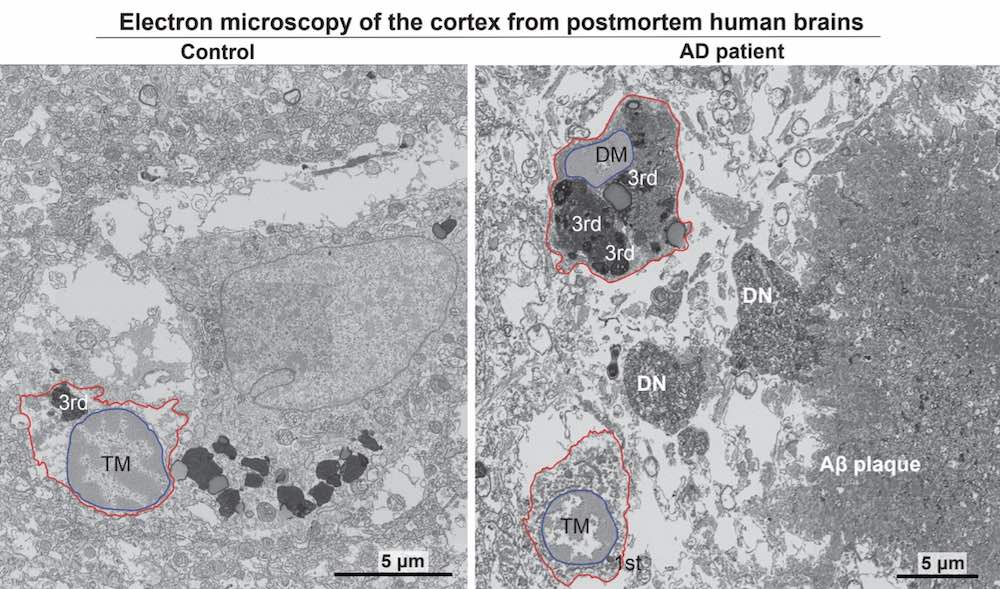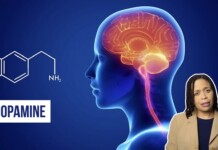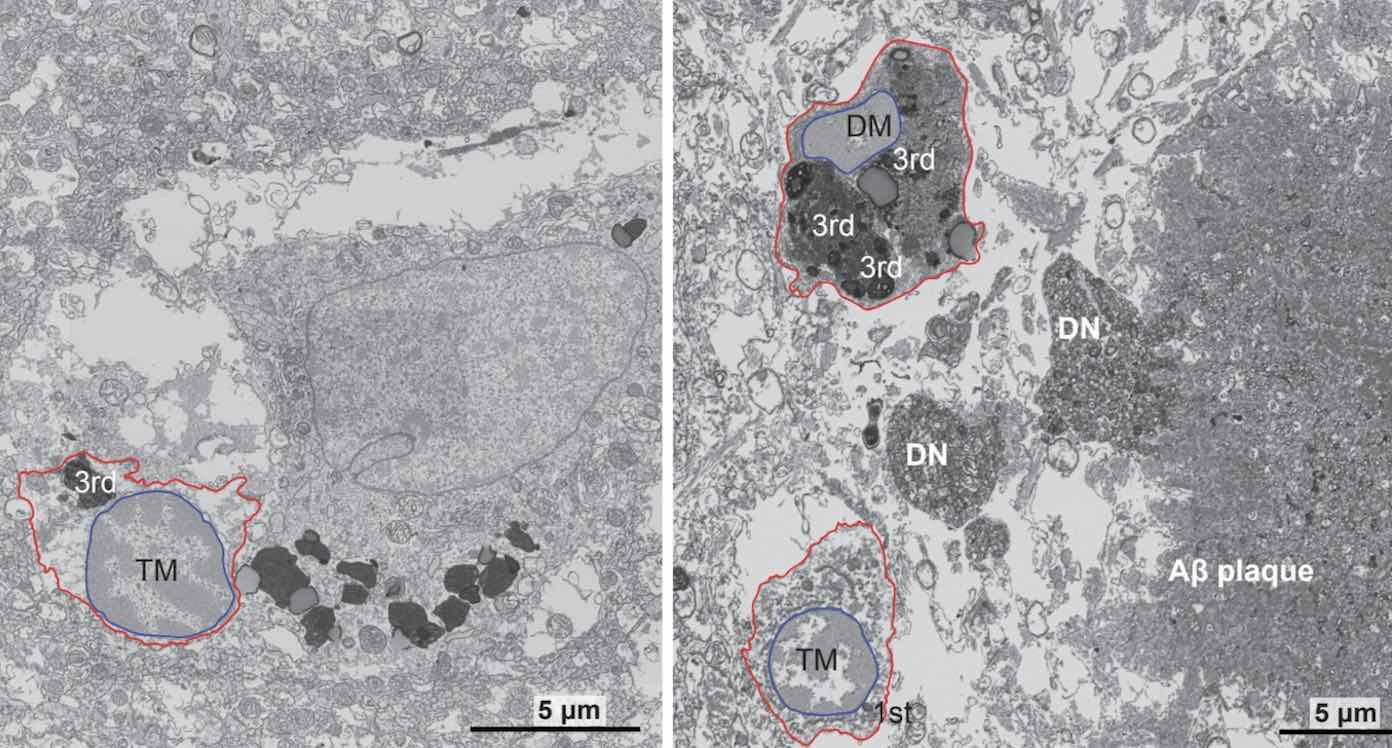Scientists investigating Alzheimer’s disease have made a key breakthrough, identifying a vital cellular mechanism driving the most common cause of dementia.
The research from the City University of New York (CUNY) provides a promising target for drug therapies that could slow, and possibly reverse, the disease’s development.
The study, published in the journal Neuron, highlights microglia—the brain’s primary immune cells—and their critical link to cellular stress in the brain—both the protective and harmful responses associated with Alzheimer’s.
Microglia, often dubbed the brain’s first responders, are now recognized as a significant causal cell type in Alzheimer’s pathology. However, these cells play a double-edged role: some protect brain health, while others worsen neuro-degeneration.
“We set out to answer what are the harmful microglia in Alzheimer’s disease and how can we therapeutically target them,” said Pinar Ayata, the study’s principal investigator and a professor with CUNY’s neuroscience initiative within its Advanced Science Research Center.
His team pinpointed a “novel neurodegenerative microglia phenotype” in Alzheimer’s disease characterized by a stress-related signaling pathway.
Activation of this stress pathway, known as the integrated stress response (ISR), prompts microglia to produce and release toxic lipids. These lipids damage neurons and oligodendrocyte progenitor cells—two cell types essential for brain function and most impacted in Alzheimer’s disease.
Blocking this stress response or the lipid synthesis pathway reversed symptoms of Alzheimer’s disease in preclinical models.

DEMENTIA PREVENTION: High Levels of Physical Fitness Linked to Lower Dementia Risk in Those with Genetic Predisposition
Using electron microscopy, the research team identified an accumulation of “dark microglia”, a subset of microglia associated with cellular stress and neuro-degeneration, in postmortem brain tissues from Alzheimer’s patients.
The cells were present at twice the levels seen in healthy-aged people.
“These findings reveal a critical link between cellular stress and the neurotoxic effects of microglia in Alzheimer’s disease,” said study co-lead author Anna Flury.
Ms. Flury, a member of Prof. Ayata’s lab and a Ph.D. student, says, “Targeting this pathway may open up new avenues for treatment by either halting the toxic lipid production or preventing the activation of harmful microglial phenotypes.”
The team’s study highlights the potential of developing drugs that target specific microglial populations or their stress-induced mechanisms.
STRESS REDUCTION IN BRAIN? Study Links Recreational Cannabis Use to Lower Risk of Cognitive Decline and Dementia-Related Diseases
“Such treatments could significantly slow or even reverse the progression of Alzheimer’s disease, offering hope to millions of patients and their families,” concluded co-lead author Leen Aljayousi, a member of Prof Ayata’s lab.
SHARE THE HOPE By Posting The Team’s Findings On Social Media…





















Please don’t overlook the importance of diet on the loss of mental cognition! A low carb, high fat diet has been shows to often totally reverse very serious Alzheimer’s and Dementia (plus brain fog, anxiety, etc). There is a Dr Mary Newport who did a Ted Talk over 10 years showing how she helped her husband with coconut oil, but much more information is now available. Do a youtube search on her so see her story and below I’ve left a search link where you will find more info, like a guy in AZ with 4 nursing homes where he’s had several people recover SO well they moved out into their own apartment! AND, besides massively improving mental clarity, things like Type-2 diabetes can go away by going very low carb. Do a youtube search on the Carnivore Diet and watch the first 5 minutes of a dozen videos on that topic to see the laundry list of ailments (like cancer, that feeds on sugar) that evaporate when we dump carbs (that turn into sugar) and go back to the way our ancestors ate before industrialized agriculture.
https://www.youtube.com/results?search_query=alzheimer%27s+disease+and+carnivore+diet